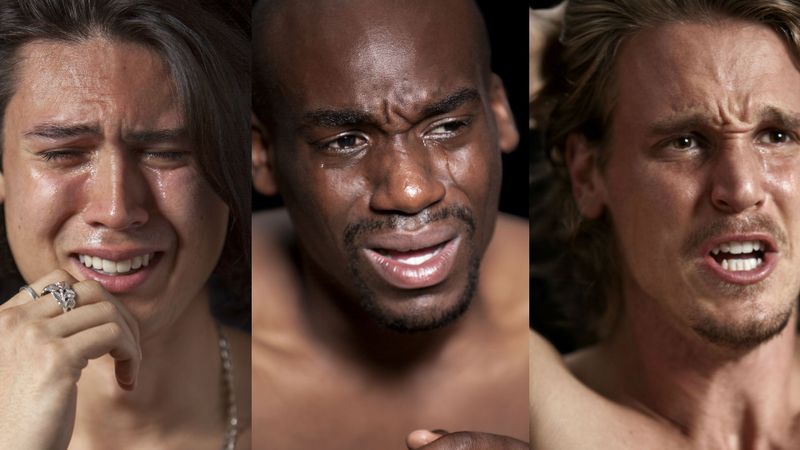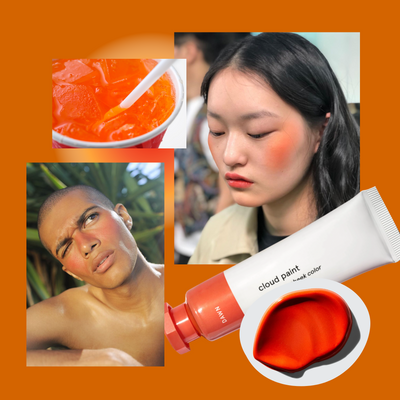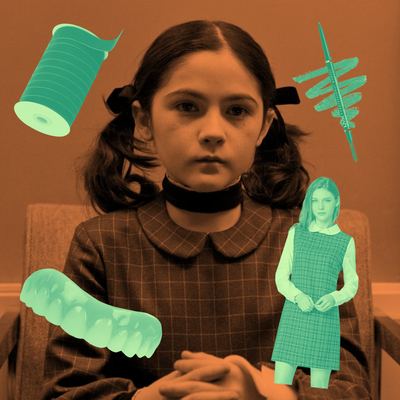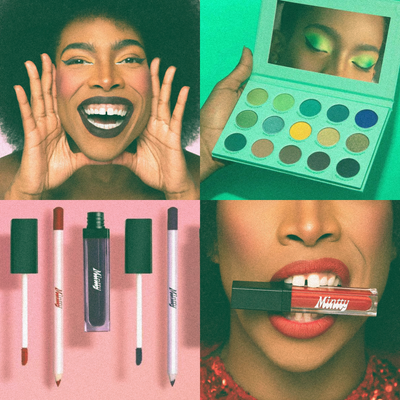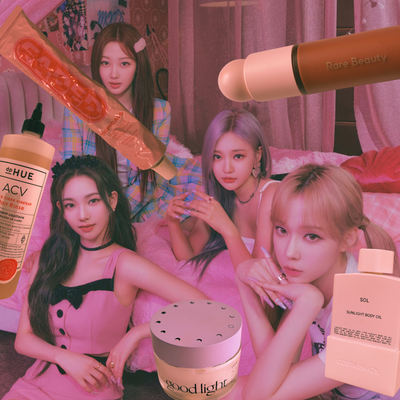Men don’t cry.
Or at least, that’s what we’ve been conditioned to believe. After all, our modern world was built on the patriarchal notions that men are supposed to be stoic, bereft of emotions and feelings, macho. Crying, then, becomes the ultimate signifier of weakness, attributed only “for the girls.”
But what if we could re-write all of this? What if we began viewing men’s tears as a signifier of strength? What if men could freely emote how they really feel? What if they didn’t need to apologize for having emotions? Perhaps, men would be able to be vulnerable and more so, empowered to be more in touch with their feelings.
A study found that men are five times less likely to cry in a year than women. Another found that men not only cry for shorter periods, they are less likely to explain why they’re crying and apologize for openly shedding their tears. But the fact is, crying is cathartic, it’s therapeutic. It’s natural. No surprise, then, that a survey found that 85-percent of women and 73-percent of men felt better after letting out their tears.
So if crying is such a natural part of our existence, why have we forced guys to hold back their tears and deemed it an act only for women?
It’s because crying is powerful. It allows us to feel, release, heal, and move forward.
Other than the misogynistic view that “weakness” is relegated only “for the girls,” teaching guys to suppress their emotions is in no way promoting healthy masculinity. We’ve seen how suppressing emotions ultimately chokes male culture, creating a vicious cycle of guys who repress their emotions. The statistics show how men grow up to practice self-harm or harm to others. A study from the 1980s found there was a direct relationship between stress-related illnesses and inadequate crying. Crying, then, is ironically tied to one’s overall happiness and well-being.
Historically, the most powerful men weeped. Jesus openly cried to his followers. Greek heroes like Achilles and Odysseus were known for their epic, histrionic tears. Shakespeare’s male protagonists spoke of weeping, like Coriolanus, who said “It is no little thing to make mine eyes to sweat compassion.”
In recent years we’ve seen men like President Barack Obama cry after the tragic killings at Newtown; Michael Jordan at his Basketball Hall of Fame speech; Floyd Mayweather Jr. Even our strongest pop culture symbols of masculinity, like Superman, cries in recent films.
It’s because crying is powerful. It allows us to feel, release, heal, and move forward.
On a recent Sunday, Very Good Light invited a couple of men to come in for a photoshoot and freely cry. We asked them permission to capture it in front of our lenses. Our goal was to completely destigmatize the very act of shedding tears. When we allowed these men to feel comfortable enough to finally let out their inner feelings out, something magical happened. Not only were they able to emote, they were finally able to let go. It’s a good lesson for all of us that sometimes all we need is a big cry. And that’s not only okay, it’s necessary.
Scott
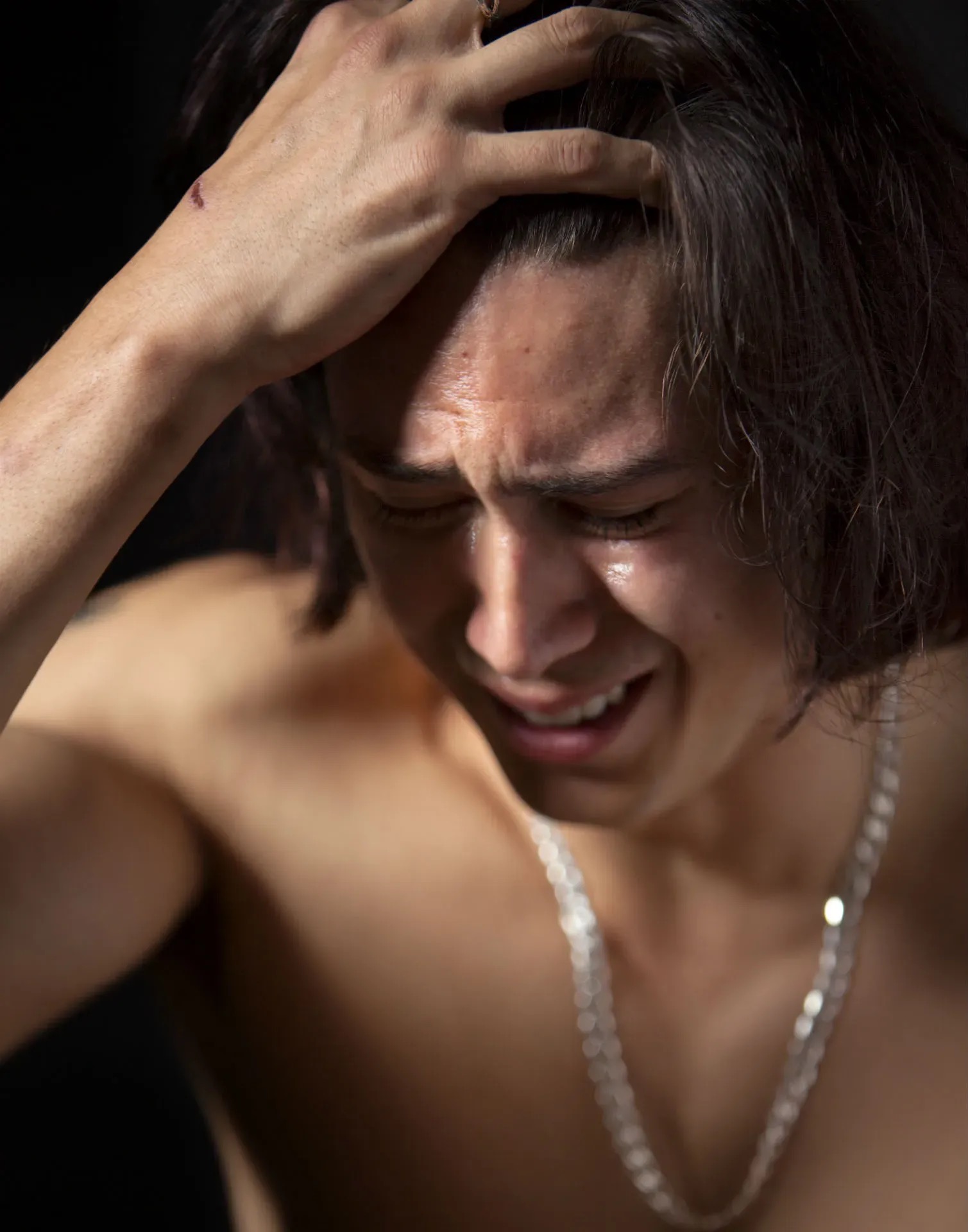
“The last time I cried was December 2016 when my girlfriend broke up with me. We were together for almost 6 years. I was going to propose to her in 2017.
Throughout history men have always had to be considered the ‘rock’ in a family, community, team, etc. I think because of that stigma, it would be considered weak or ‘female-like’ to cry and show some sort of emotion. It would also show instability. If a leader ever showed emotion other than pride or strength I’m sure the people would have doubts about him. If they saw him cry, that would show people insecurities within himself.
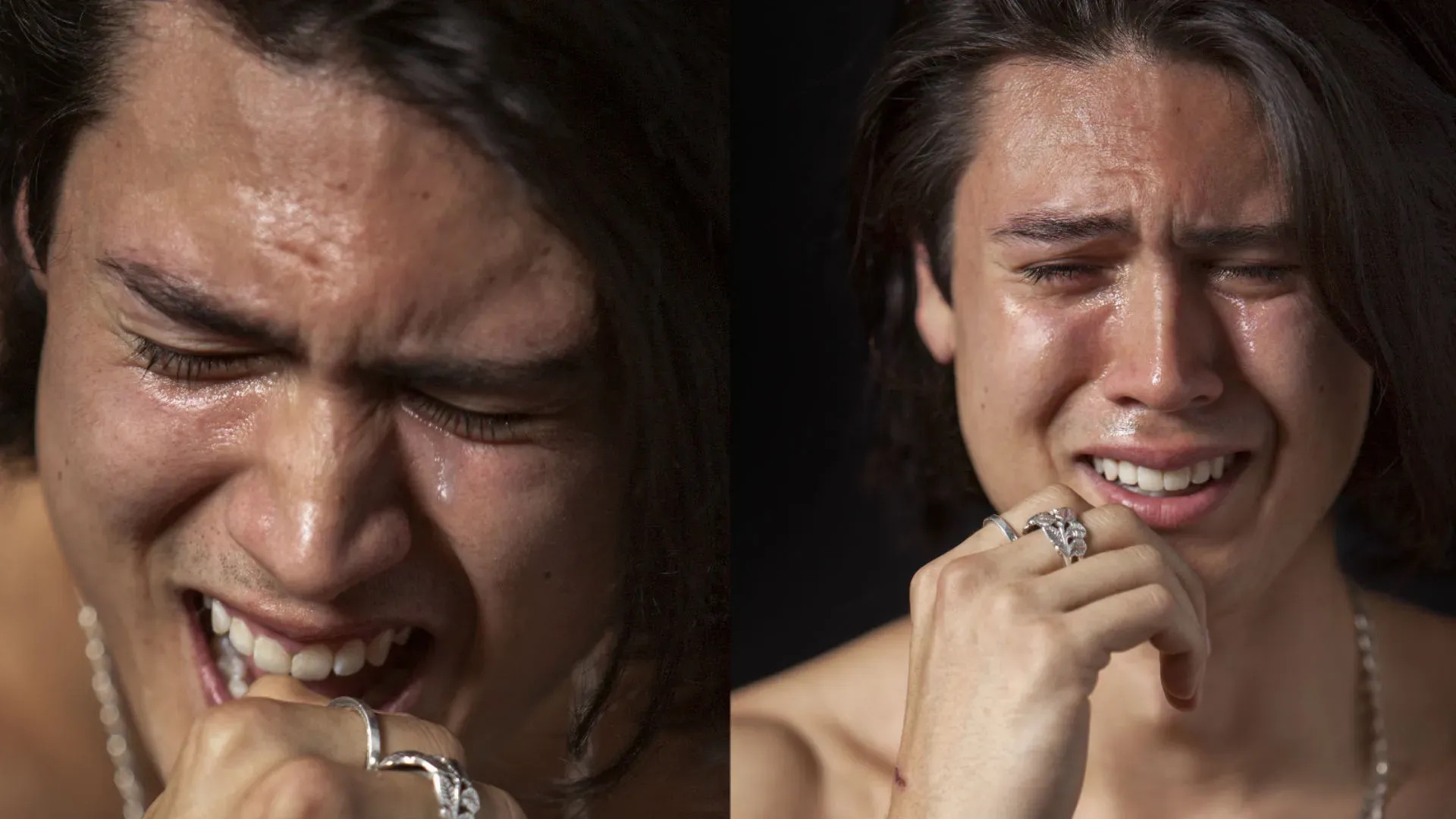
I think it’s always therapeutic to cry because I rarely do. I have to be going through something really tough. It just so happened that when I did the shoot I found out my dad was diagnosed heart disease. It was a good time to cry.
Men should be allowed to show all sides of themselves, to have dimension. What makes a diamond beautiful? The dimensions. We’re not robots…We’re human. So cry for yourself to relieve yourself of pressure.”
Jesse
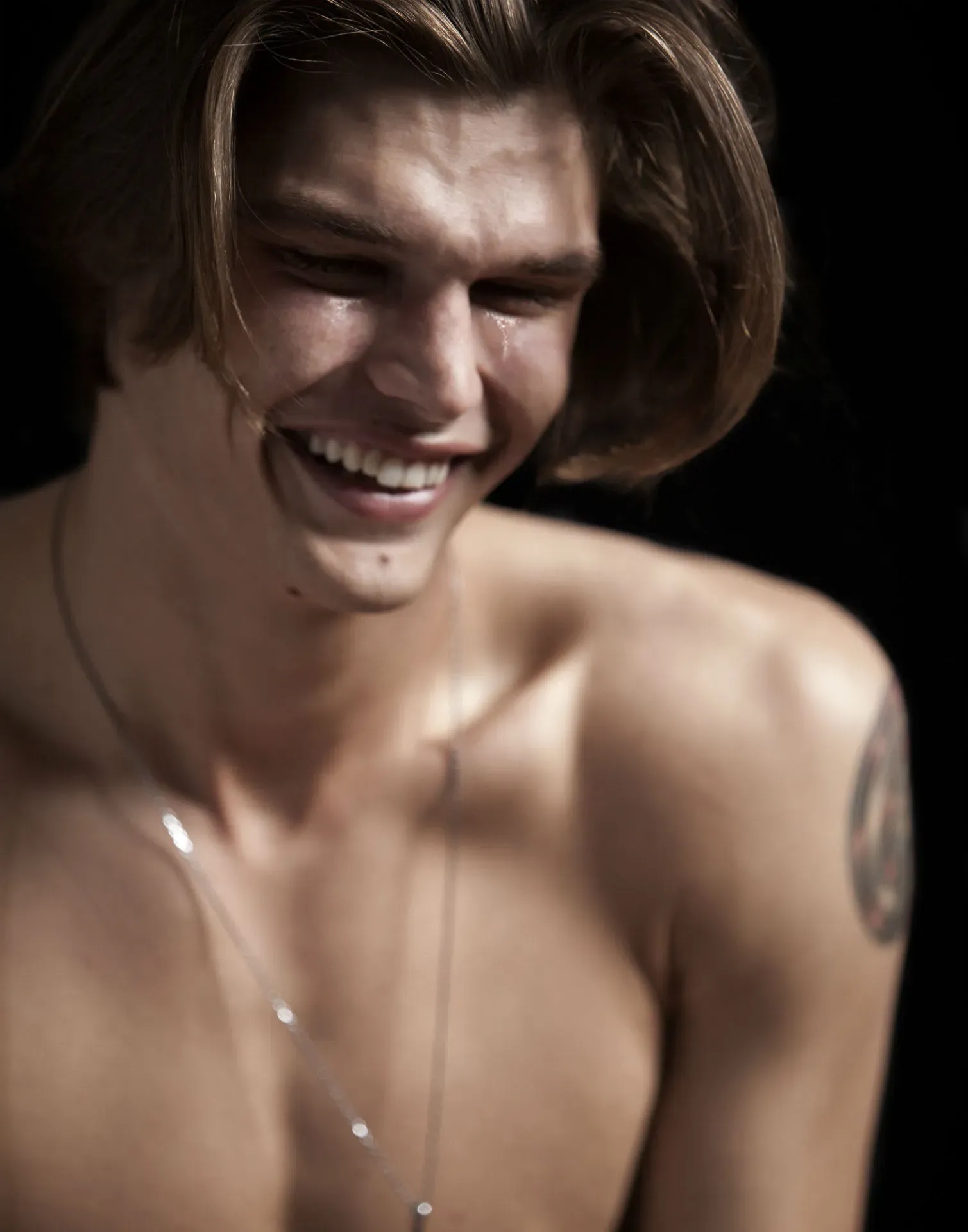
“I cried a couple days ago watching a sad movie. There is this stigma with men crying because of the way society has always portrayed men. For some reason, crying shows weakness but I feel it actually shows courage and strength. Crying for these photos was very therapeutic.
I fortunately had a happy cry so I was thinking funny things and laughing so hard I was crying. It was a great experience. Yes men should be allowed to cry more often. I feel it would make society a much greater place in the long run. I feel it would make the whole world feel less stressed.”
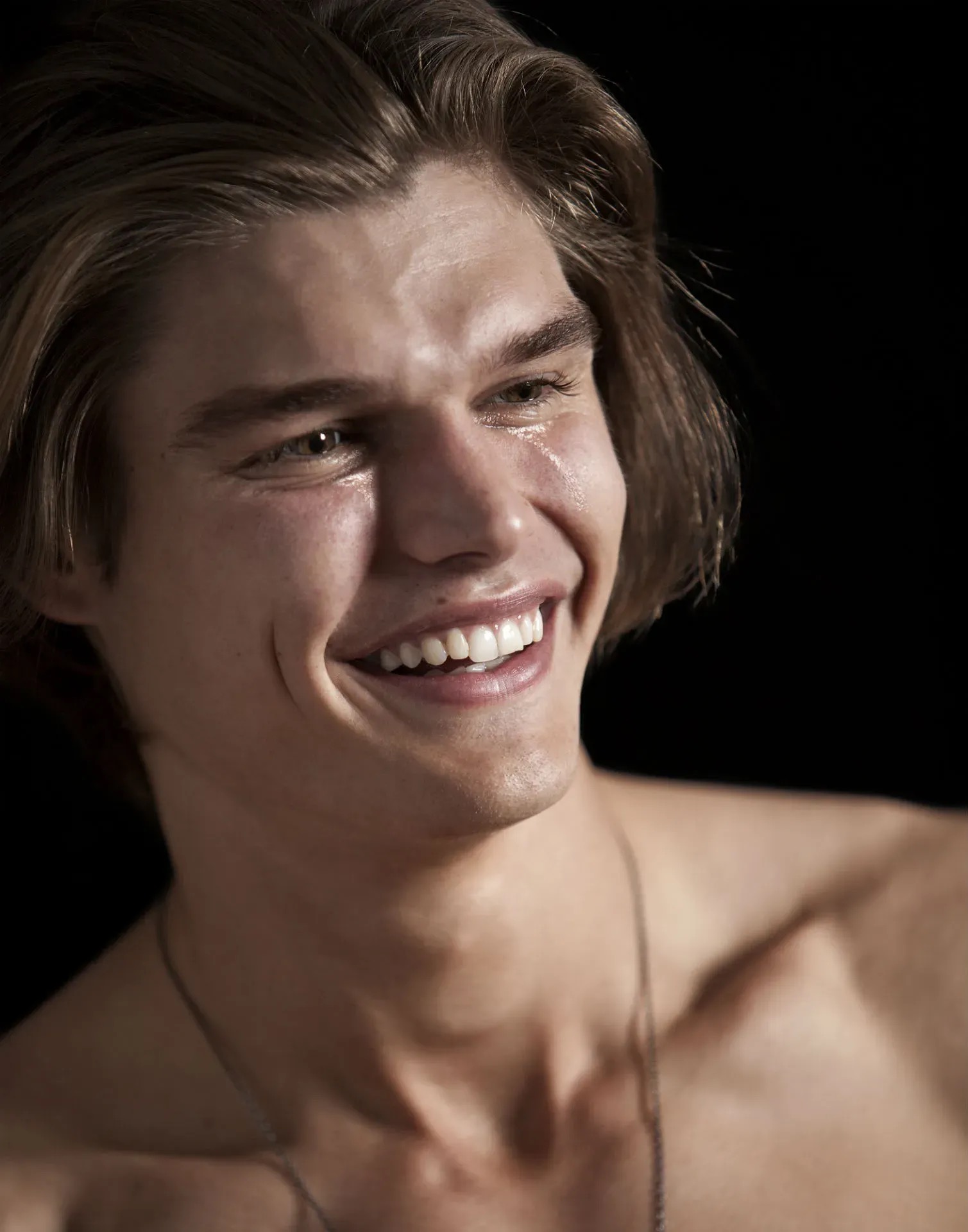
Jonathan
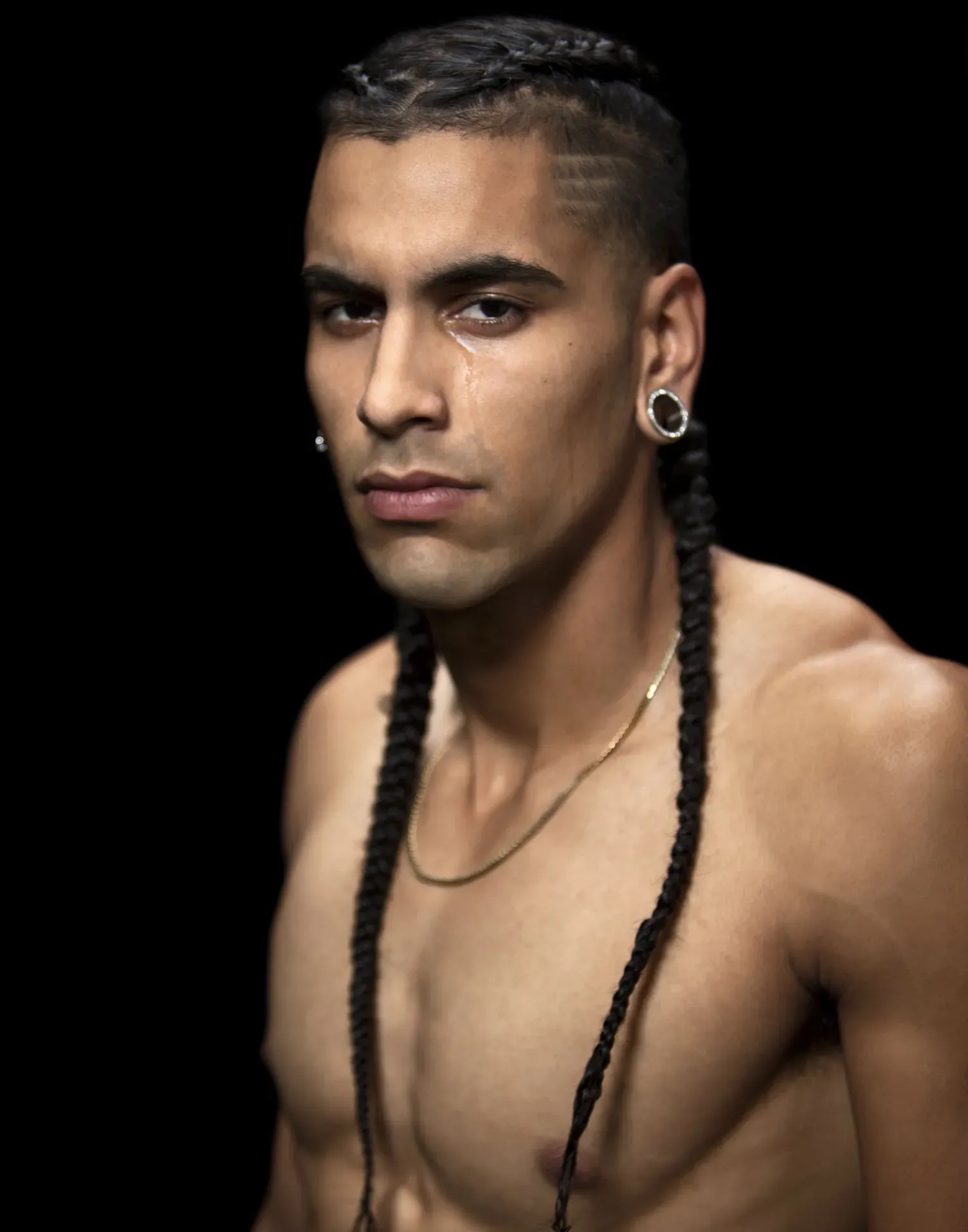
“The last time I cried was when my girlfriend, who I had been dating for years, broke up with me. My heart felt torn to pieces. There are “many fish in the sea,” but it’s hard to compare the only person in your heart to strangers you have to get to know.
There’s a stigma with men crying because we don’t like to look weak in front of anyone. No matter how much of a man you are, you will always have a time in life to let out the pain. I think we should be allowed to cry as much as we want. It’s not proving that they weak if they are still pursuing there dreams threw the rain that tries to cloud there sunshine. I believe it better to let it out and cry instead of holding your emotions in. The pain is something that can be released through releasing your tears, it’s therapeutic.”
Trevor
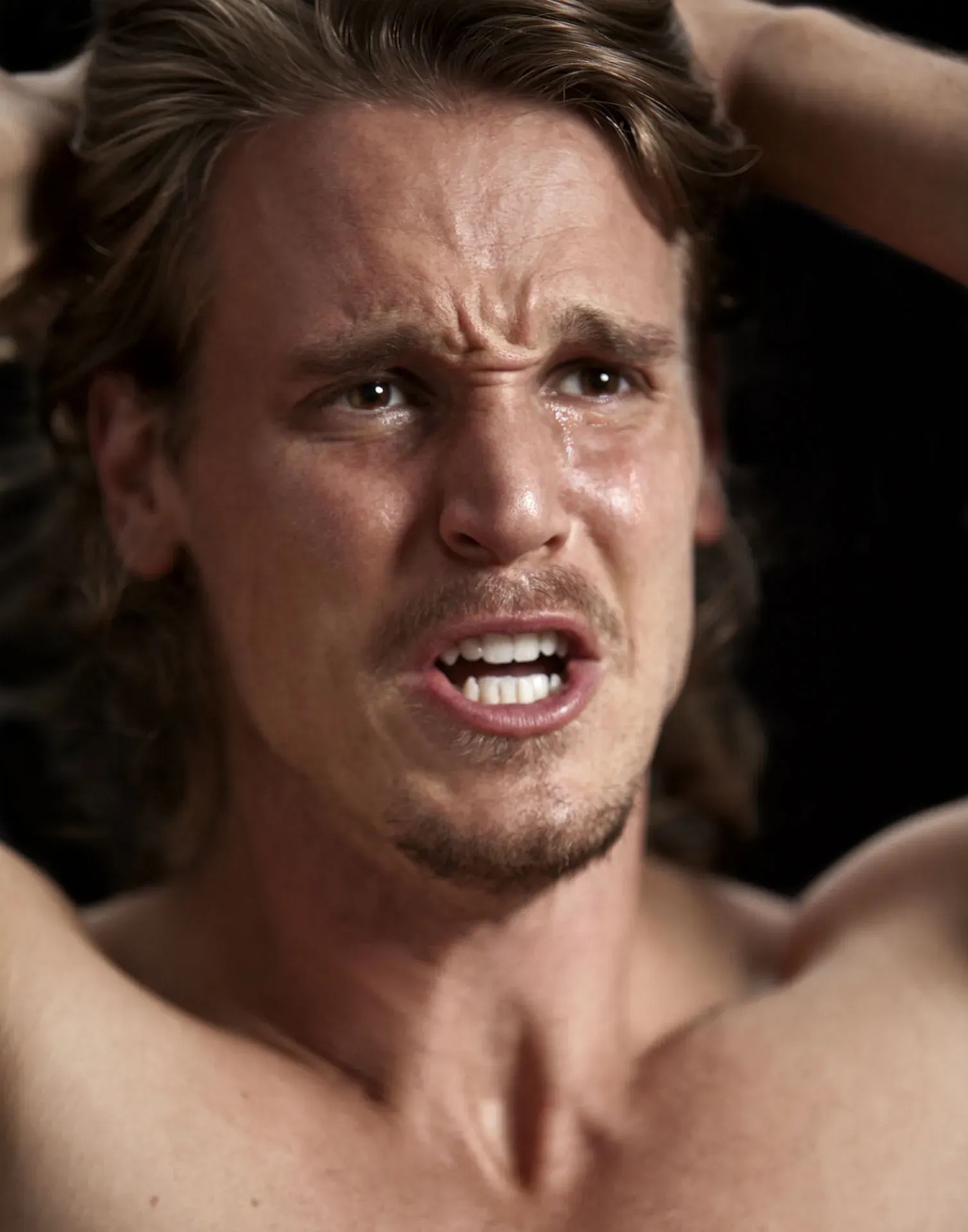
“I cried last week in a guided exercise while exploring a character in a stretching exercise. The moment I allowed myself to feel the truth of what it meant to be plagued by a disorder, and controlled by a need for approval from peers and a significant other.
I do believe there is still stigma – though it is evolving – around crying. For human beings there is a tendency to make crying or any expression of emotion ‘wrong.’ ‘We should not feel, we should not allow ourselves to lose control.’ Crying in particular because it’s ‘weakness.’ We are supposed to be “strong.” I think, in general, there is still a great deal of shame that revolves around the act of crying.
It takes courage to be vulnerable.
What I did find therapeutic was the conversation that was created by being involved in this project. There was conversation that was created between agent, photographer, stylists and subjects that opened the door to sharing about crying and everyone’s last experience, or what they had gone through in a particular moment. It’s a great way to get know someone, because you learn what is important to them.
Men’s should absolutely cry more. Often, crying is the mother of an emotion. It signals the need for expression and that whatever is at stake has a lot of meaning to the individual. It’s a form of self expression. Part of true freedom, I think, comes from the freedom to be fully self expressed. And actually that sounds more vulnerable than ‘weak.’ And it takes courage to be vulnerable. Being truthful and courageous in the face of fear or judgment.”
Melvin
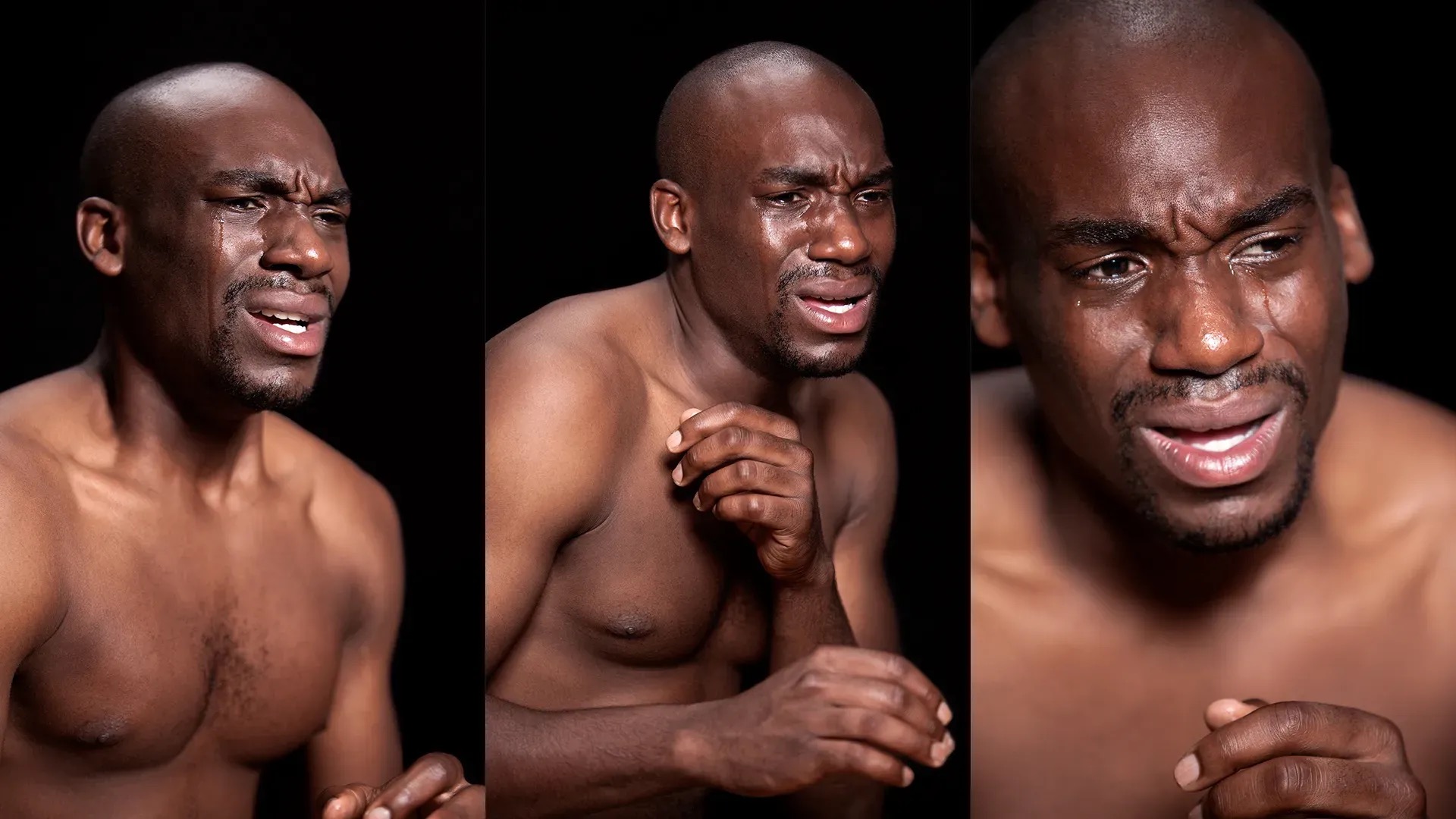
“The last time I cried was when my ex girlfriend broke up with me I want her back so bad
and on her birthday she asked if we could just be friends and that hurt me immensely. I think there is still a stigma because there is a standard men have to be hail to to be strong and be full of testosterone and hard like a rock so it’s hard for some men to soften up in the release sometimes.
I feel it’s always a bit therapeutic to get my pain out specially when crying it’s a good release. I think if we cry more as a people there’d be less aggression. A lot of people have built up anger or frustration because of things they’ve gone through and they’ve never released through tears and that’s very healthy for you.”
CREDITS
Photographed by Søren Mørk sorenmork.com; Creative directed by Margaret Park; Hair by Andre Rodman @ Rita Hazan Salon using Rita Hazan products Grooming by Joseph Carrillo @ Kate Ryan Inc. using Clinique’s Men, Kiehl’s and Lab Series Assisted by Cesar Gonzales; Modeled by: Jesse Gwin @Soul Artist Management, Jonathan Rosario @Mint Management NYC, Melvin Mogoli, Scott Albrecht @Mint Management NYC, Trevor Van Uden @Soul Artist Management Production by Isabel Costa @ OSOK Productions NYC Special Thanks: Angelo “Doc” Velasquez, Jeanette D. Moses and Gary Bogan @ Invite Only Studio www.inviteonly.studio

